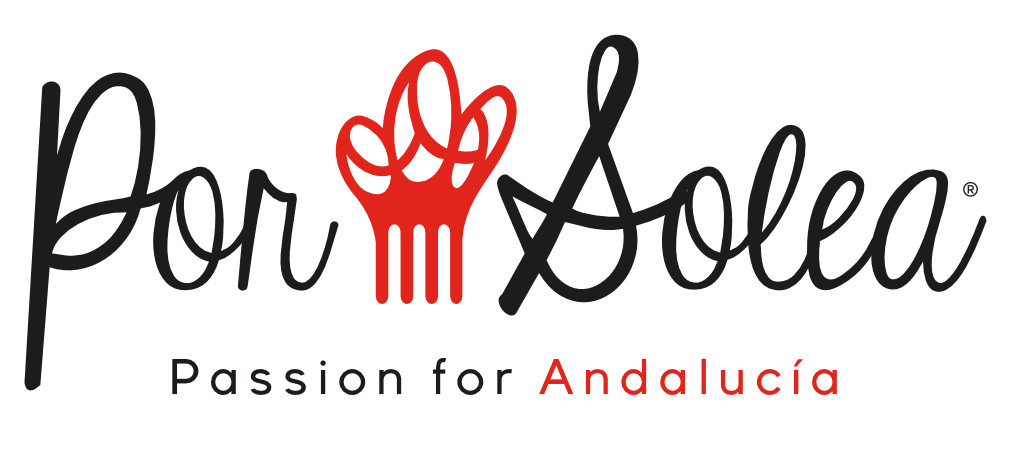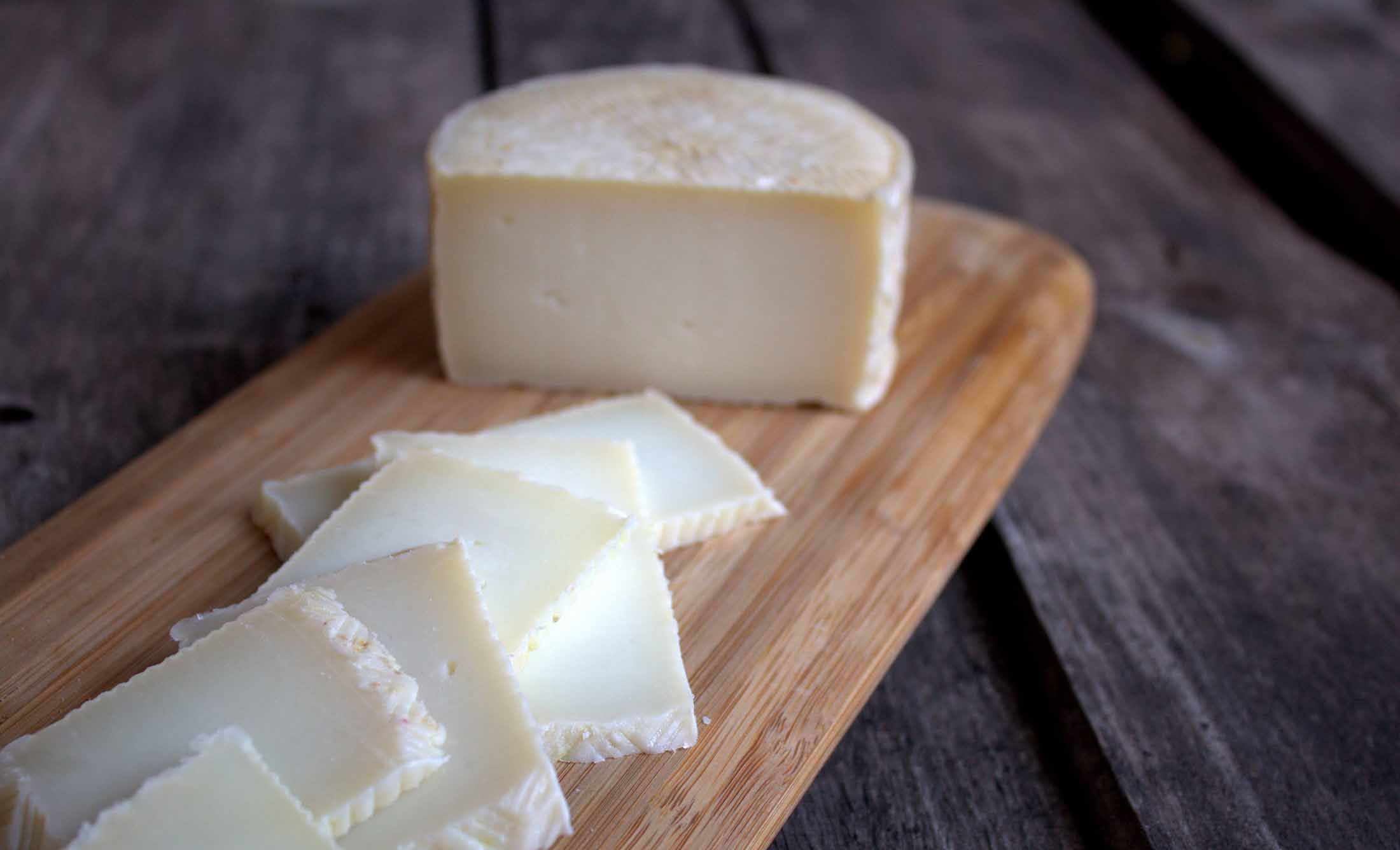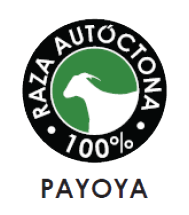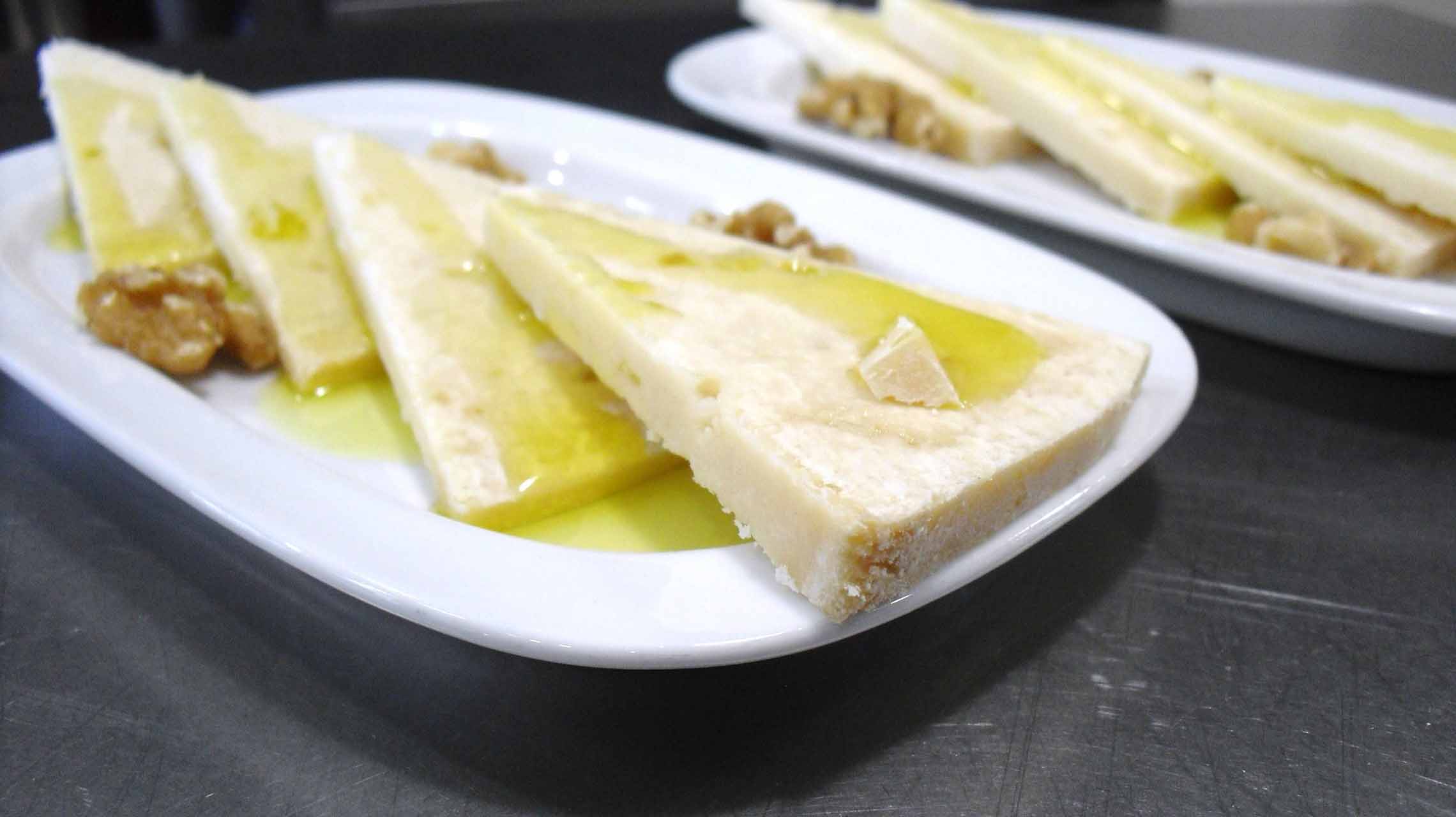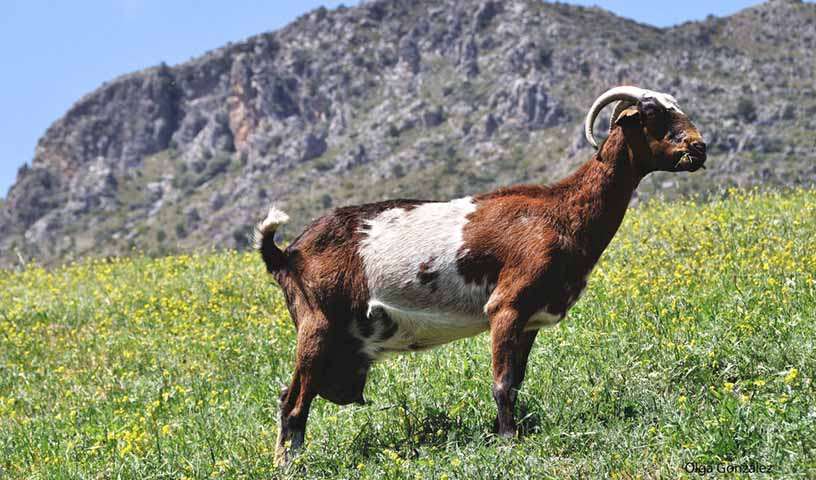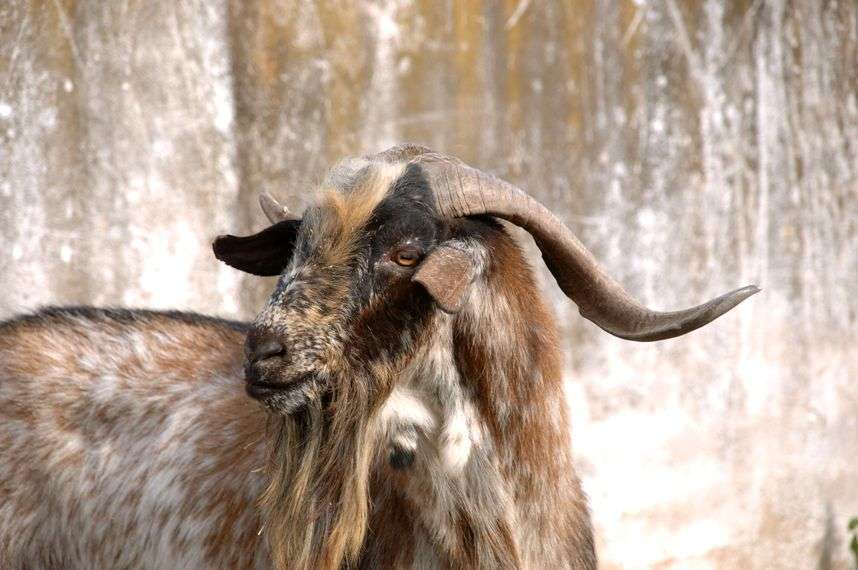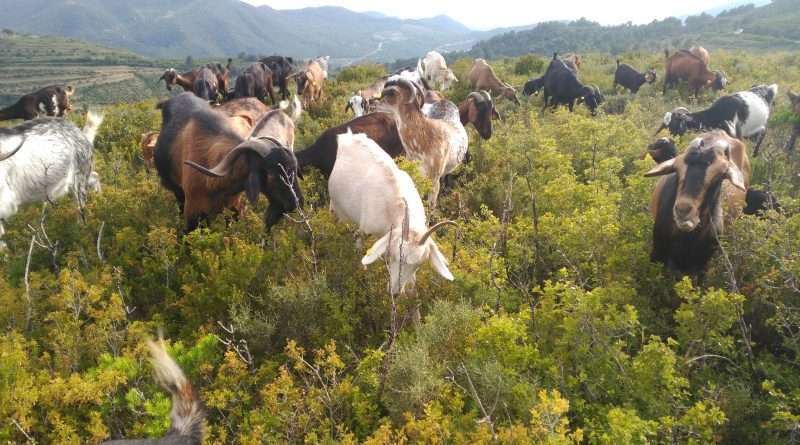PAYOYO CHEESE: Authentic Products from the Land
Payoyo cheese is a type of artisanal cheese originating from the province of Cádiz, specifically from the Sierra de Grazalema Natural Park and the town of Villaluenga del Rosario.
It comes from “the payoya goat”, an autochthonous goat breed of the Sierra de Cádiz that provides perfect milk for making such a delicious cheese. However, in recent years, the threat of extinction has led to the use of other specific breeds for its production.
Contrary to what many believe, Payoyo Cheese is a registered trademark and not a designation of origin. The correct label to identify cheeses made with Payoya goat milk is “100% Autochthonous Breed Cabra Payoya”.
Currently, different types of cheeses are made: goat cheese, sheep cheese, and cheeses made from a mixture of both milks, with variations including fresh, aged, and semi-aged. Additionally, aged cheeses can also be found wrapped in lard and rosemary, among other options.
It is possibly one of the most recognized cheeses worldwide, thanks to the numerous awards it has received, including the World Cheese Awards, which accredits it as the “best cheese in the world”.
The Payoya Goat
The quality of its milk is excellent, thanks to the significant cheese-making tradition and the improvement of milk production by farmers.
The Payoya goat is an Andalusian autochthonous breed, classified as endangered, traditionally exploited in the area of the current Sierra de Grazalema and Sierra de Ronda Natural Parks, providing the livelihood for many families in the regions.
The name “Payoya” comes from the municipality of Villaluenga del Rosario, in the province of Cádiz, one of the birthplaces of the breed. However, it is also known as “Montejaqueña” after the town of Montejaque in the province of Malaga, where the breed develops.
In terms of morphology, Payoya goats are very tall and long animals, a reflection of the selection made by farmers to allow for grazing in difficult-to-access areas in the mountains.
Origin of the Payoya Breed
The precise origin of the Payoya goat is not determined, but it is supposed to be the result of the combination of the Alpine and Pyrenean stocks, influenced by the convex stock to adapt to mountainous areas.
In its formation, two fundamental elements intervene: the selective criterion applied by the farmers, almost exclusively aimed at improving milk production in grazing systems, and the particular agroclimatic characteristics of the exploitation area, with a climate of high rainfall and a difficult orography, with steep slopes. Both circumstances have favored the configuration of a very rustic goat model, of great height and length (the Payoya is the goat breed with the largest longitudinal diameter in Spain), perfectly adapted to the difficult environment in which it is exploited.
